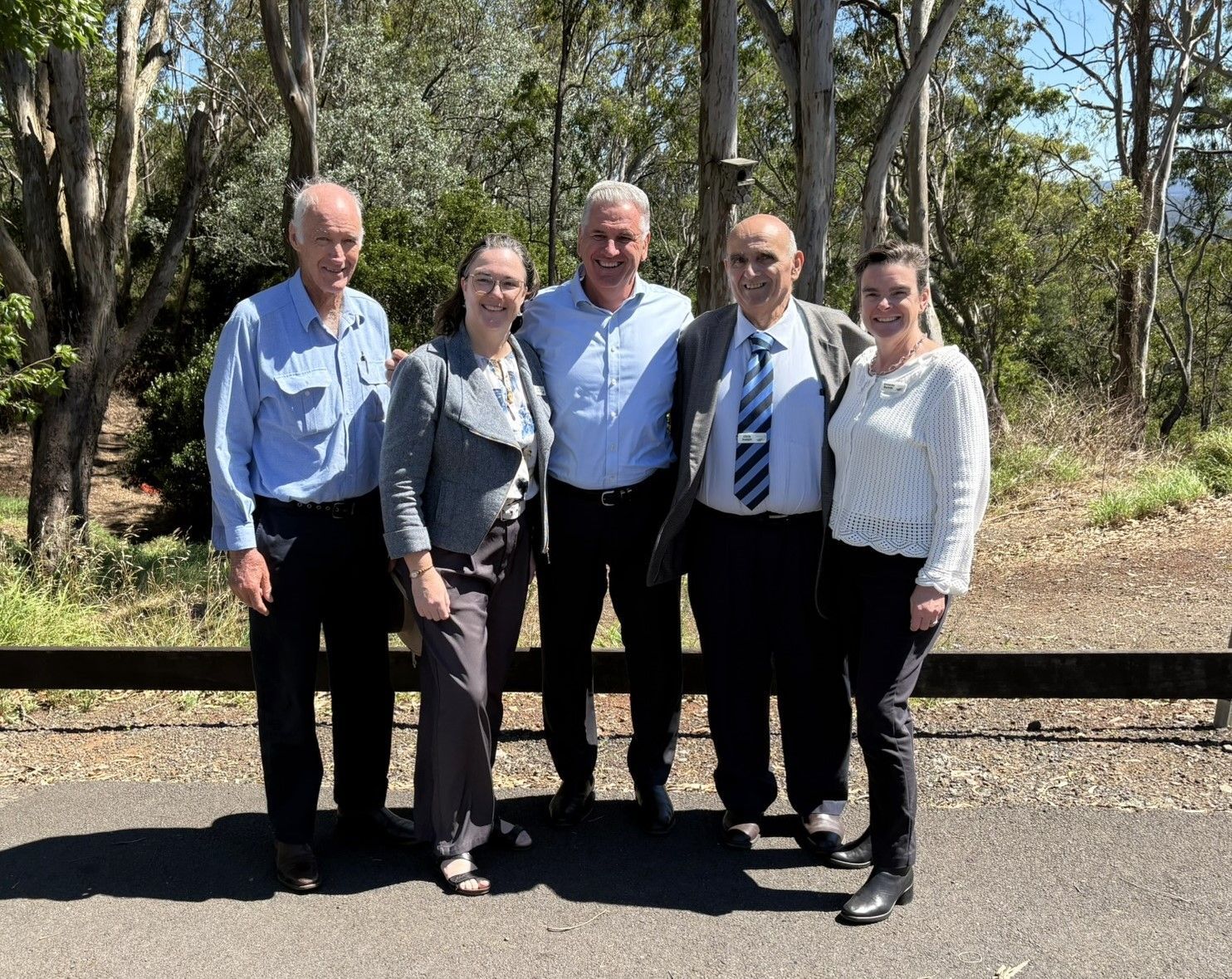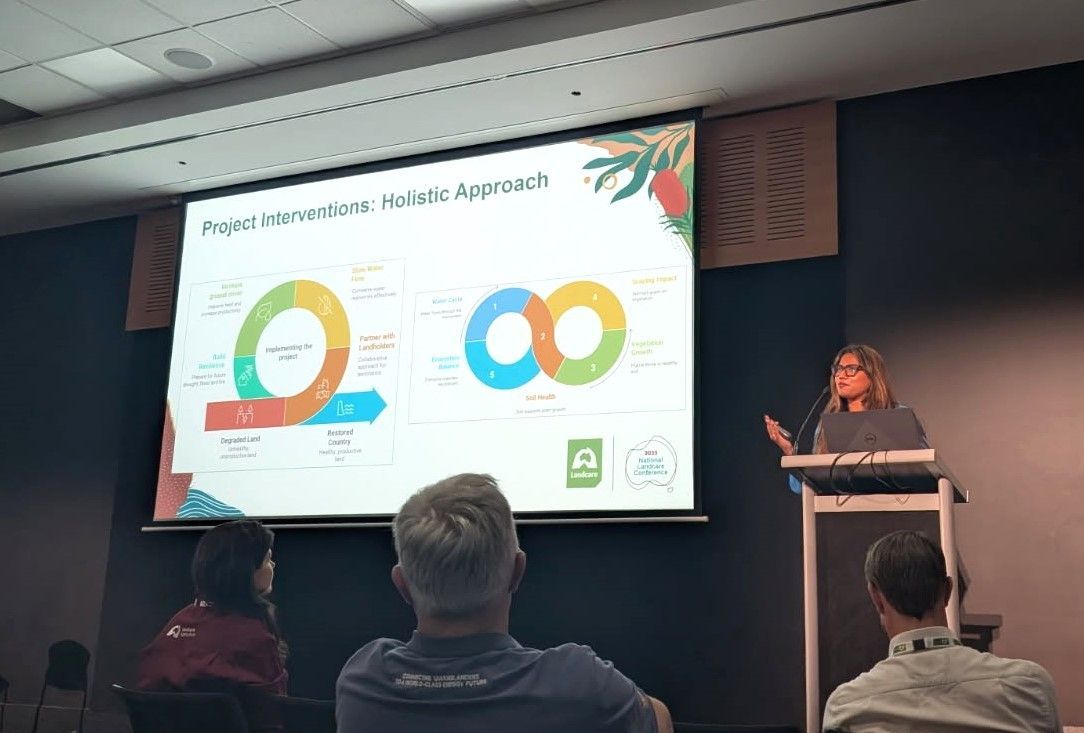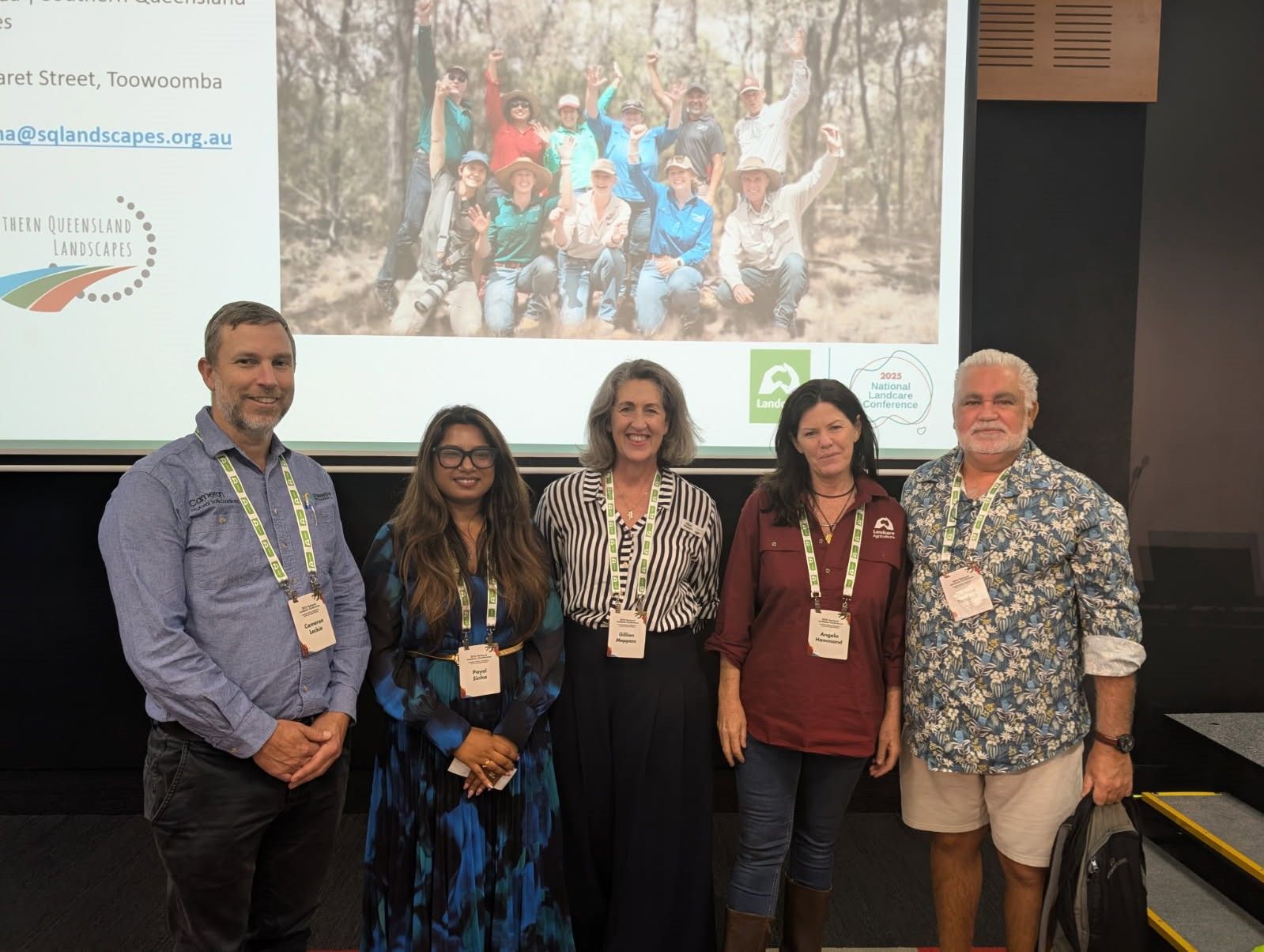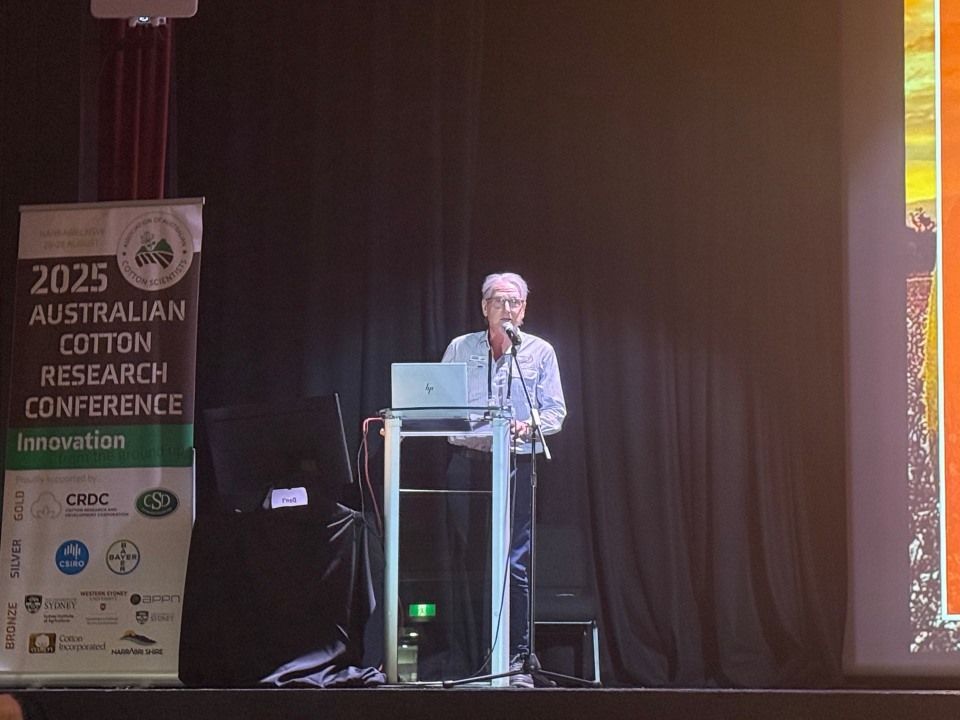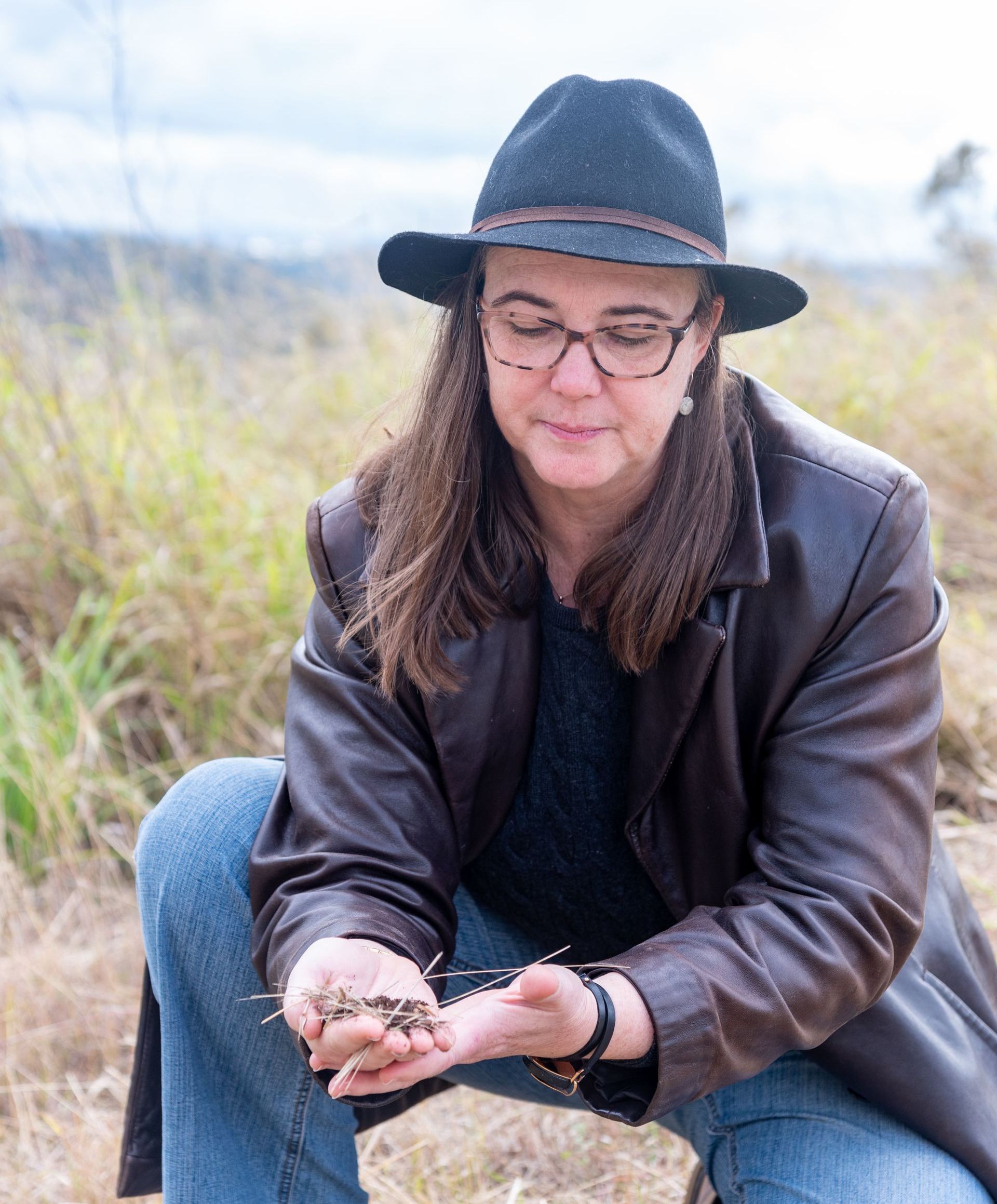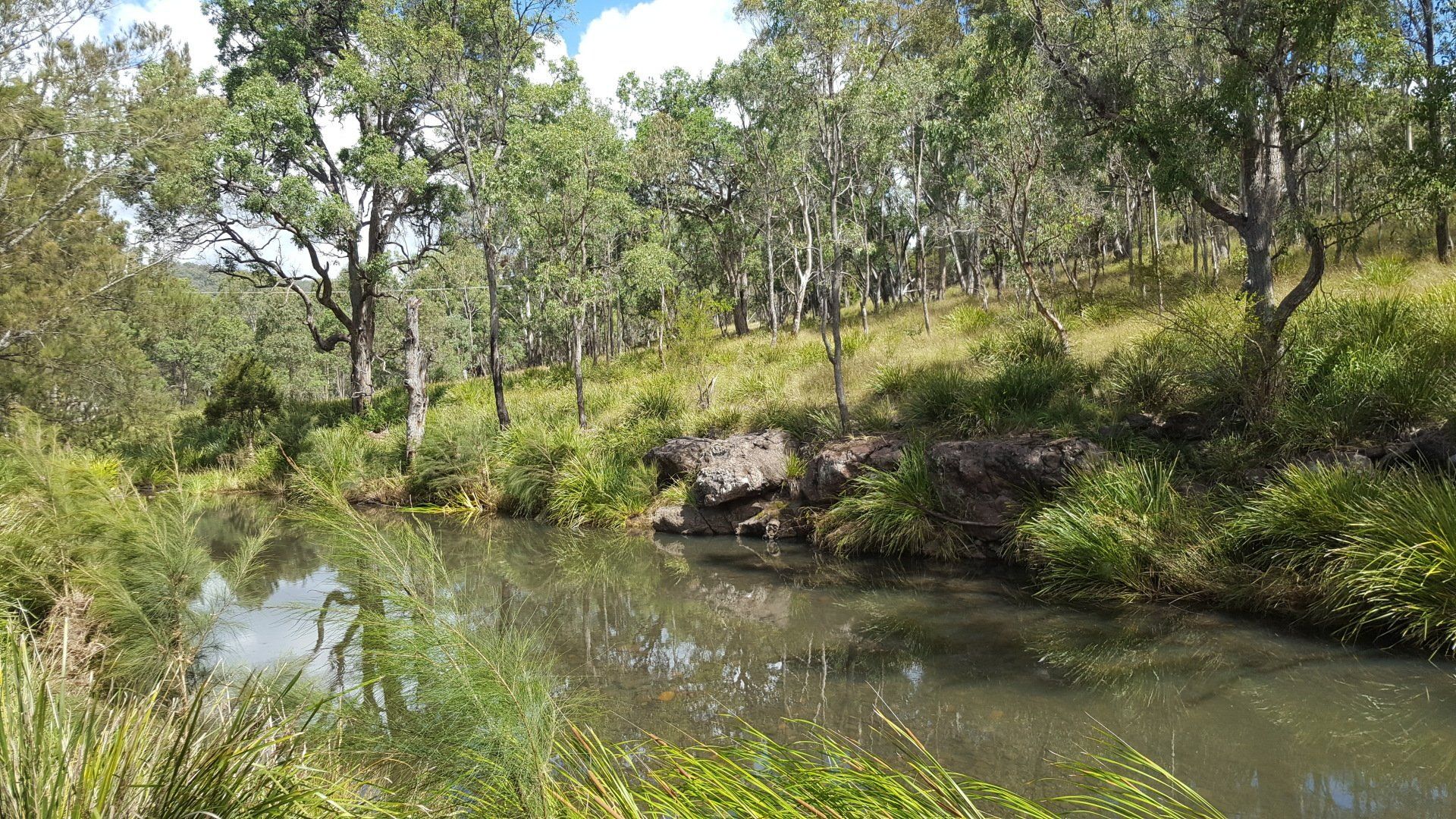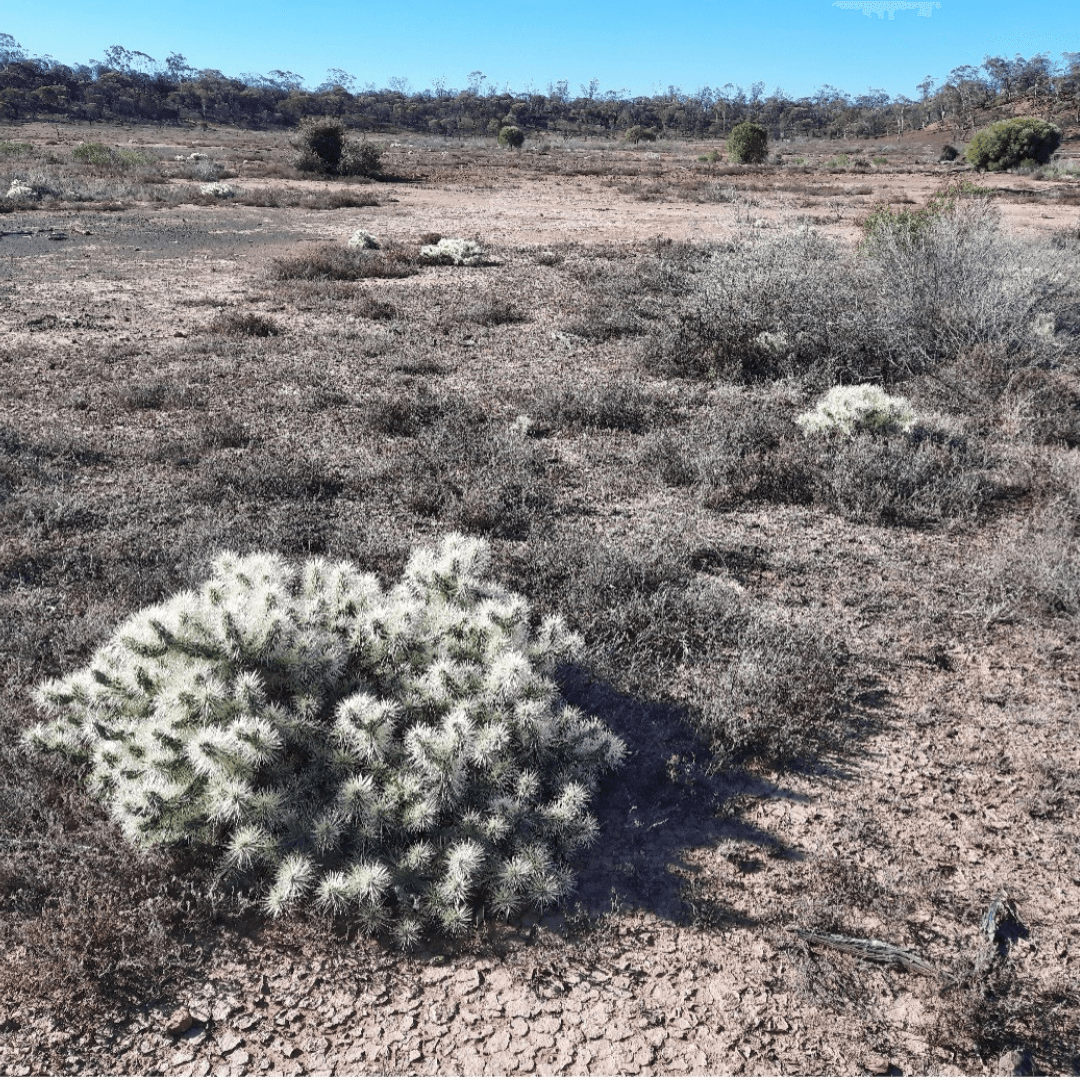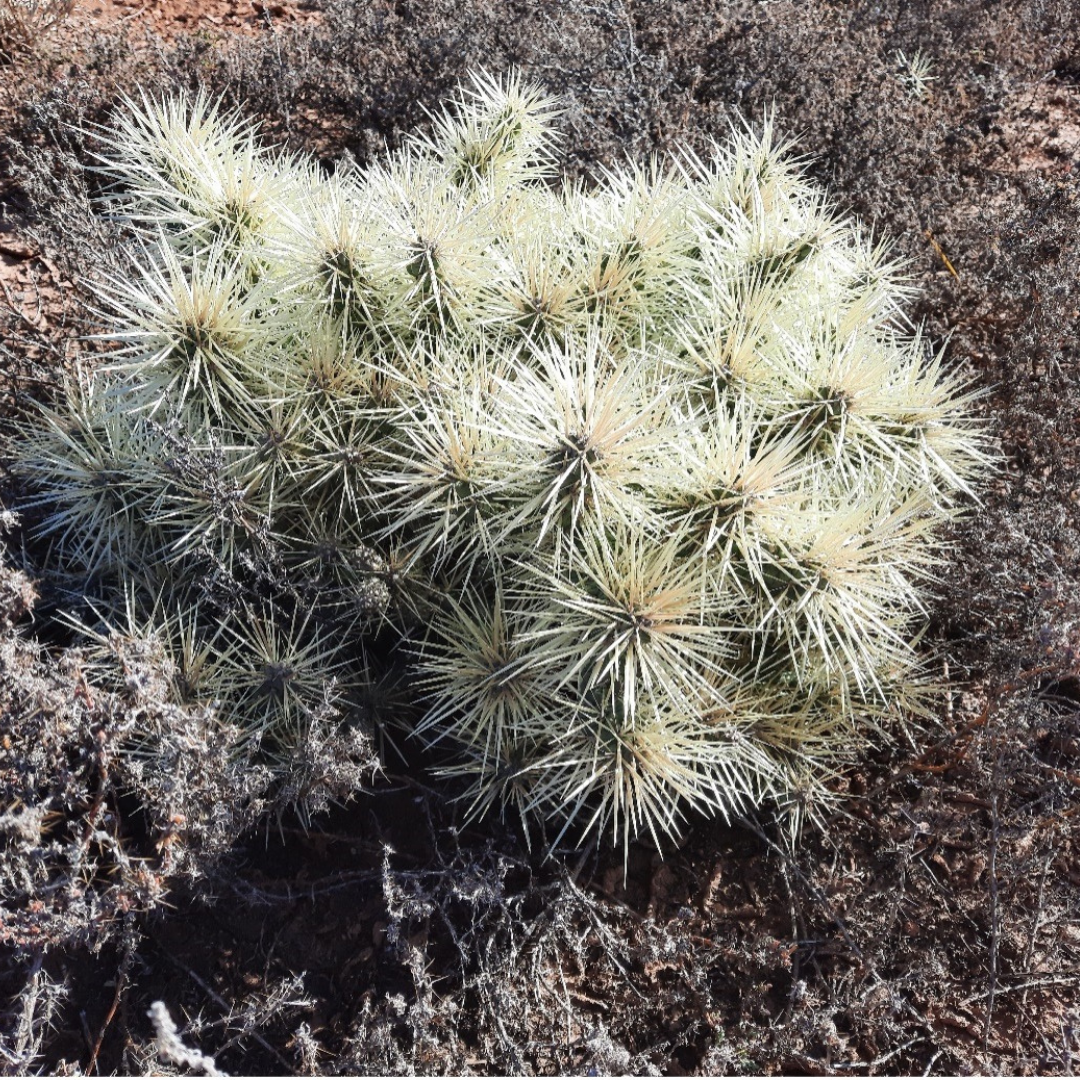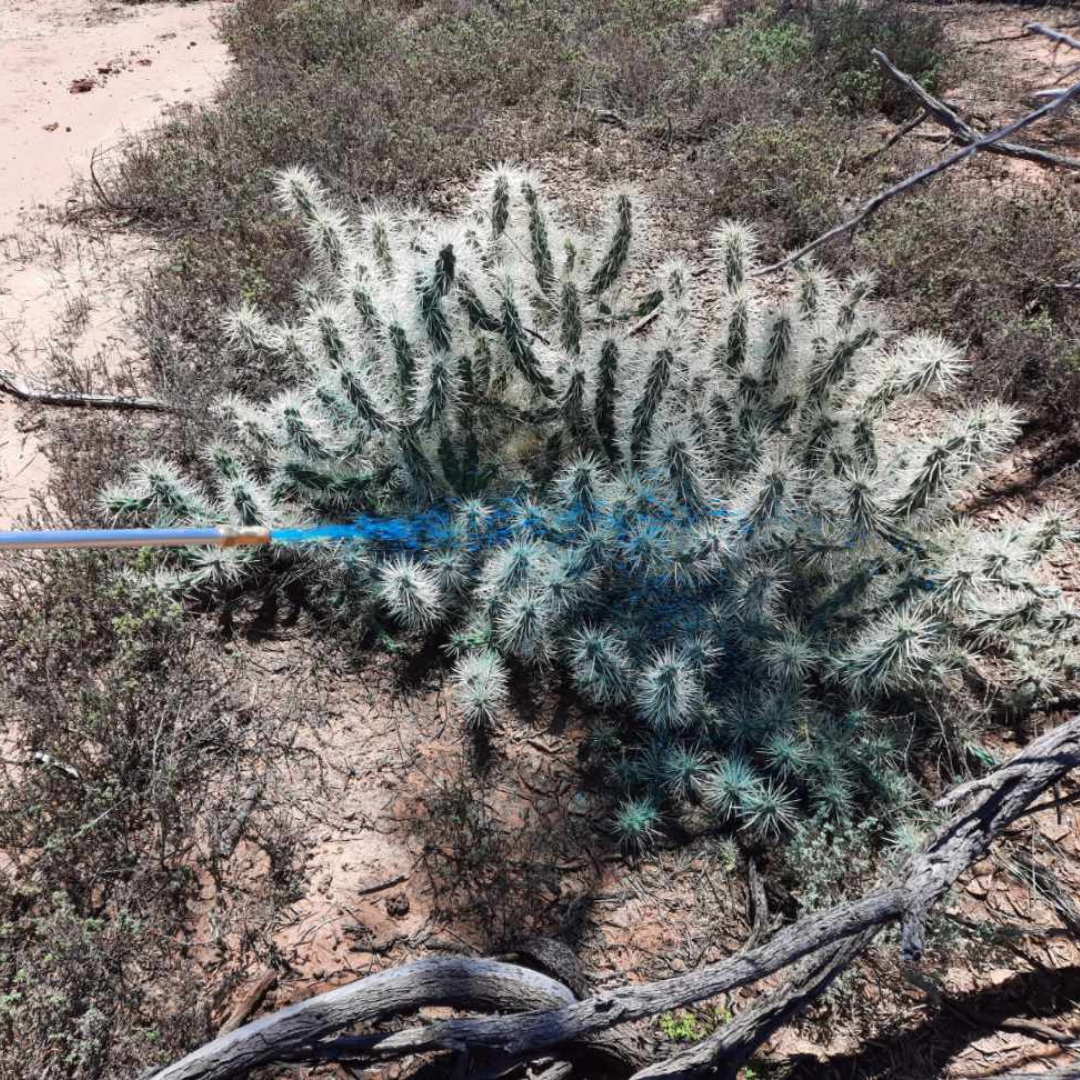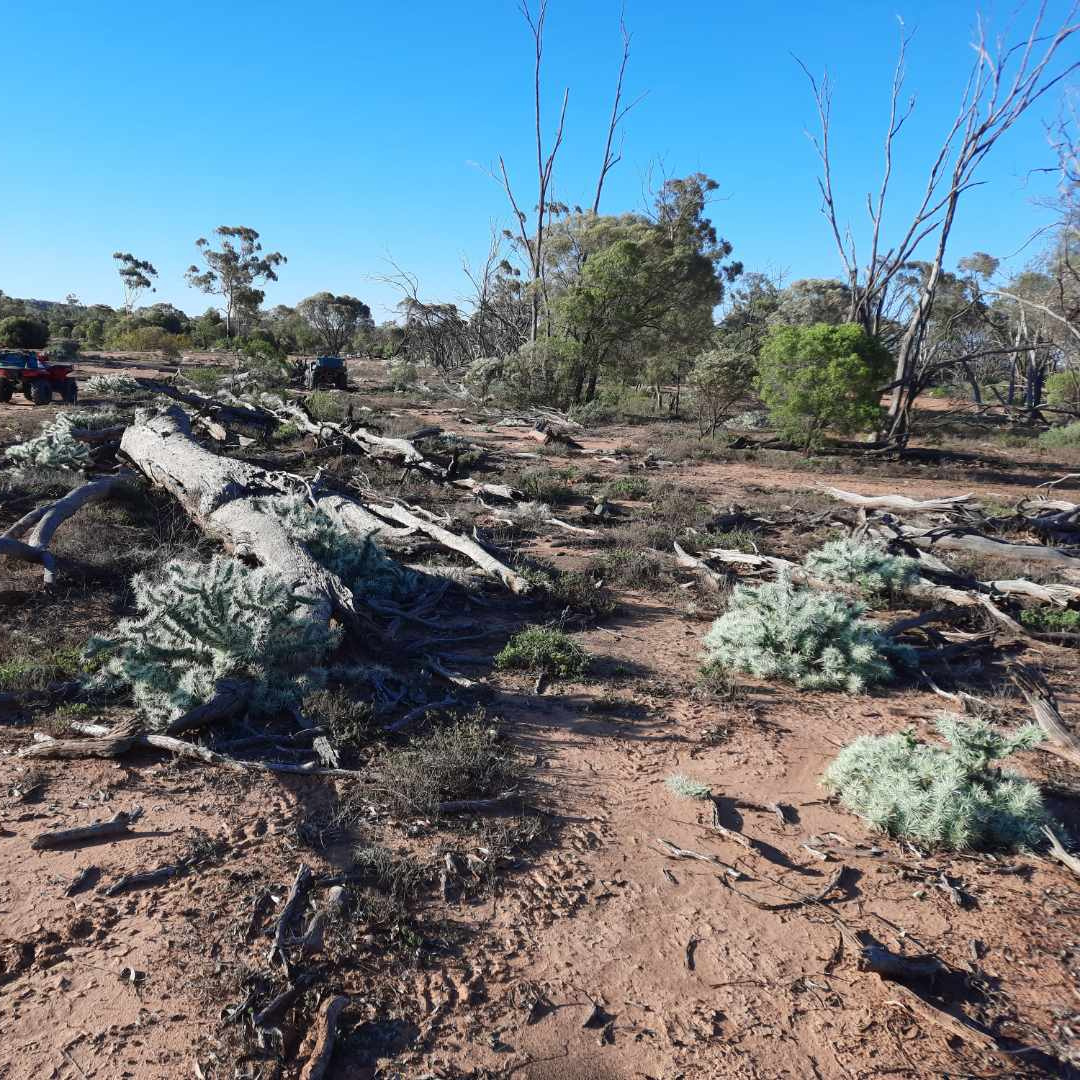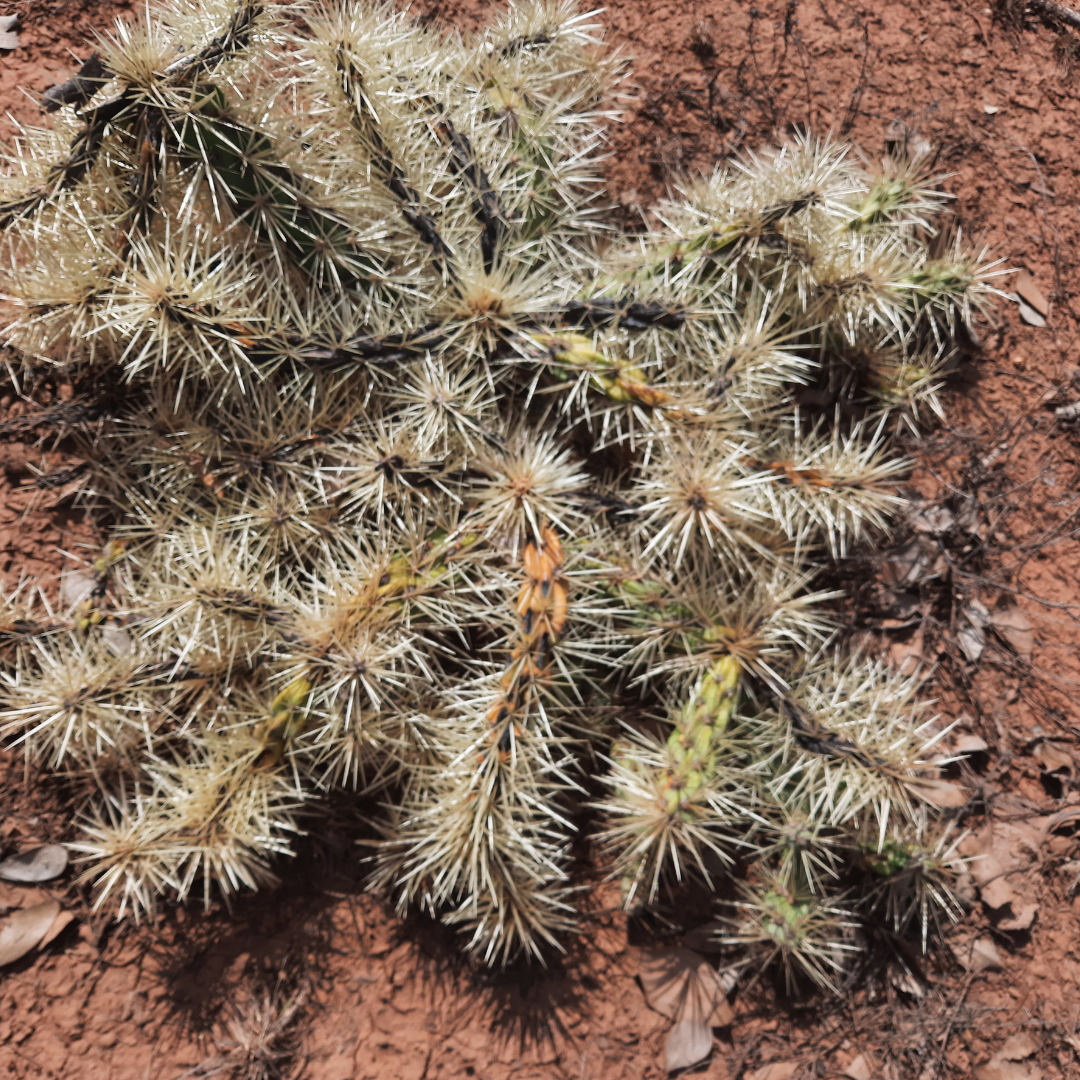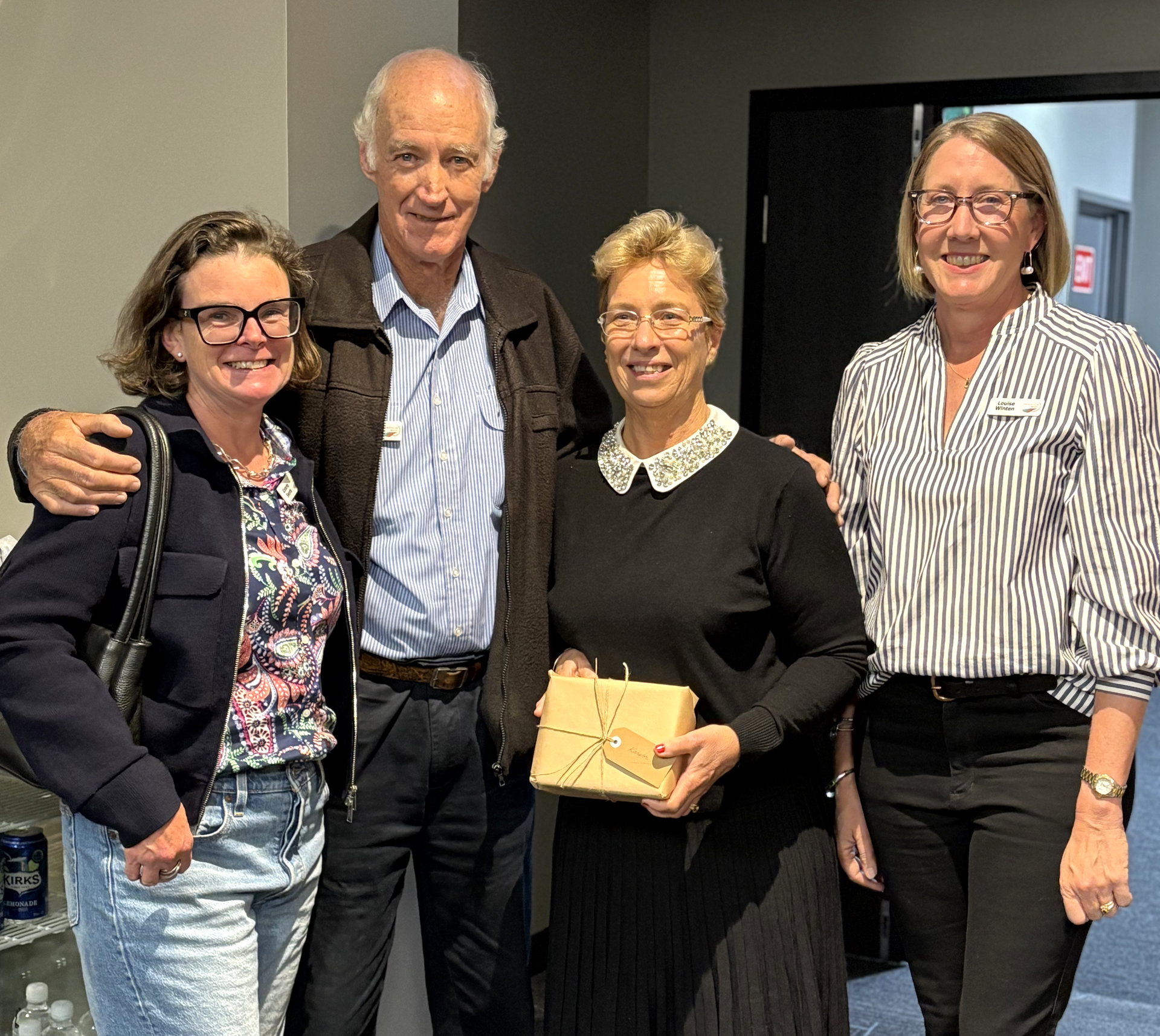Government, land managers and First Peoples have combined forces at Cooladdi north of Charleville in western Queensland to control a major infestation of Hudson pear (Cylindropuntia pallida).
The invasive cactus species of Mexican origin is classified as a ‘weed of national significance’; and when left unchecked, has the potential to reduce agricultural viability and land values, while adversely impacting native fauna and flora and causing serious injury to humans and livestock.
Southern Queensland Landscapes, through funding from the Australian and Queensland Governments’ Queensland Feral Pest Initiative, has been working with land managers and Kooma Aboriginal Corporation to implement strategic control measures and contain the infestation.
Project Officer Lucas Mackie said Hudson pear is well known in the Cooladdi area owing to the maturity of the infestation and five days of targeted spraying covered 320 hectares of the worst affected sites.
“The 320 hectares covered is a major source of infestation as it’s the overland flow from that area which washes the Hudson pear straight into Quilberry Creek which connects to the Paroo River,” Lucas Mackie said.
“Hudson pear infestations are hard to kill because the spines have a harpoon barb on them and they will get onto anything. Even if you just graze past the cactus, pieces of it will stick to you and then you will spread it anywhere you go; with each piece able to reproduce new plants very quickly,” Mr Mackie said.
“These spines are encased in a detachable sheath which will remain embedded in a wound even after the body of the spine is removed which means these spines can kill owing to infection; so once it gets into your grazing paddocks you’ve got a big risk on your hands,” he said.
“SQ Landscapes is grateful to local land managers for the opportunity to collaborate because a community approach for control of a weed like this is essential and an important way of working together to minimise the spread and risk.”
Meanwhile, Margaret Vetter of Cooladdi Park said her and her husband Paul devote over 40 days each season to weed management; and despite this, Hudson pear has been a threat for over a decade in the area.
“Weed management is part of our yearly program. Every year we try to check any areas, particularly flood areas, that may have unwanted plants. Hudson Pear is one of those plants,” Margaret Vetter said.
“Our creek channels are extremely important with the body of feed grown after floods. It is our most productive country and controlling Hudson pear is a high priority for our 20-thousand hectare grazing operation,” Ms Vetter said.
“Our channels also feed into the greater Murray-Darling Basin and we feel it is up to all of us to have a duty of care for our surroundings,” she said.
Kooma Aboriginal Corporation’s Senior Ranger Geoff Drury said the infestation in the Cooladdi area was one of the worst he’s seen.
“You couldn't ride, walk or lay a picnic blanket down; the infestation was that bad. If we all don't play our part in managing these invasive weeds, it will become a big problem. The Country has lost productivity, and you just can't enjoy it anymore,” Geoff Drury said.
“If your land becomes less productive, it costs more money to run, and it costs you more to produce your product. Before long, you have to throw hundreds of thousands of dollars at it,” Mr Drury said.
“It’s important for First Peoples to be involved in landcare because everyone cares for land in different ways,” he said.
“The minute you stop looking after Country, is the minute it won't look after you.”
Hudson pear is a category 2,3,4 and 5 restricted invasive plant under Biosecurity Act 2014 requiring all sightings to be reported to Biosecurity Queensland within 24 hours of discovery. Biosecurity Queensland can be contacted on 13 25 23.
Each local government has a biosecurity plan that covers invasive plants in the area. This plan may include actions to be taken on Hudson pear. Some of these actions may be required under local laws and land managers should contact their local government for more information.
If you would like to find out more about the project SQ Landscapes is coordinating in the Cooladdi area and want to discover how you can get involved, contact us via sqlandscapes.org.au or by phoning the Charleville office on 4656 8500.
For more information on Hudson pear and how to control Hudson pear visit https://www.business.qld.gov.au/industries/farms-fishing-forestry/agriculture/land-management/health-pests-weeds-diseases/weeds-diseases/invasive-plants/restricted/hudson-pear
--
Funded by the Queensland and Australian Governments as part of the Queensland Feral Pest Initiative.
Hudson pear infestation in Cooladdi.
Hudson pear spraying in Cooladdi.
The chemical starting to work on Hudson pear.


